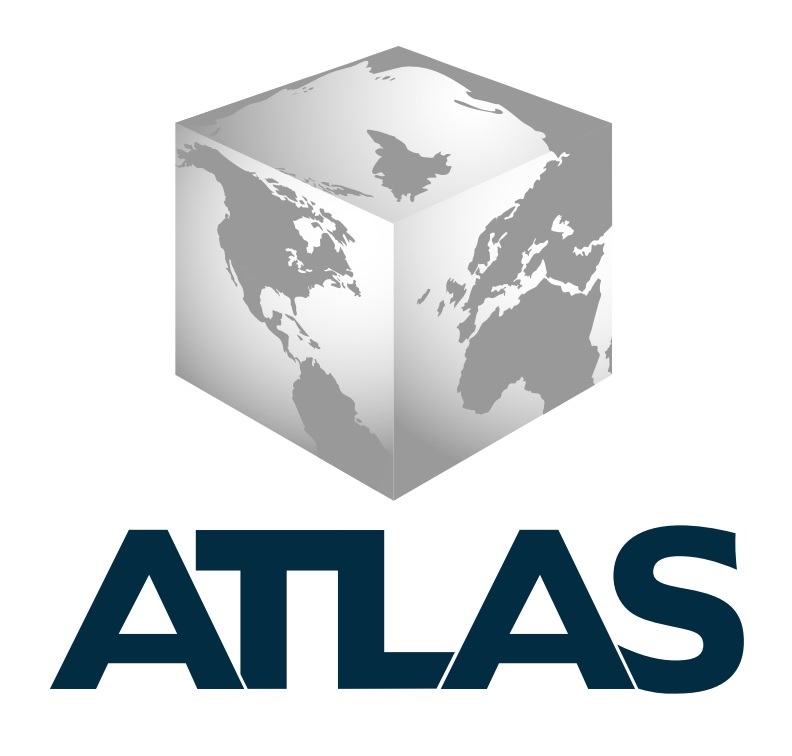As we step into 2025, the commercial real estate (CRE) lending landscape is evolving—marked by stabilized interest rates and a resurgence in financing activity. But behind every loan decision lies a rigorous underwriting process that determines whether a deal goes through.
Underwriting: A Three-Dimensional Analysis
When a bank underwrites a CRE loan, it’s evaluating three core pillars:
- Borrower Creditworthiness – including personal and business credit histories, net worth, liquidity, and performance track record.
- Property Viability – encompassing income potential, market demand, location dynamics, and collateral value.
- Market Risk & Financial Metrics – Together, DSCR, LTV, and debt yield give lenders a multidimensional view of loan risk:
How?
The DSCR (debt service coverage ratio) determines whether or not the property can generate sufficient income to service debt. The LTV (loan to value) will indicates how much equity the borrower has at stake by calculating the loan amount divided by property value. The debt yield will calculate the property’s income compared to the loan amount and provide the bank a safeguard against market volatility, independent of interest rates.
Lenders use these metrics to balance market risk and financial risk, ensuring they make informed lending decisions even in uncertain economic conditions.
What Makes a Strong Candidate in 2025?
In today’s commercial real estate lending environment, borrowers who demonstrate financial stability and operational experience are more likely to secure favorable loan terms. Key factors that make a borrower a strong candidate include:
Solid Credit Profile: A high credit score and low personal debt-to-income ratio signals reliability to lenders. While some alternative or non-bank lenders may consider lower credit scores, borrowers should expect higher interest rates, increased fees, or tighter loan terms if credit falls below traditional thresholds.
Substantial Equity or Liquidity: Lenders favor borrowers who bring meaningful capital to the table. The amount varies depending on the type of investment, but lenders want to be assured that borrowers have reserves to weather market volatility or unexpected expenses.
Strong Cash Flow Metrics: A Debt Service Coverage Ratio (DSCR) over 1.0 indicates that the property generates sufficient net operating income to cover the debt obligations. Lenders often want to see 1.25 or more to be comfortable, depending on the borrower and asset. Properties with strong, stable cash flow reduce lender risk and increase the likelihood of approval.
Relevant Experience: Banks and institutional lenders value prior operational experience, management expertise, or a history of successful property ownership. This is particularly critical for larger loans, specialized asset types (like industrial or mixed-use), or complex financing structures.
Financial Documentation and Preparedness: Delivering an organized, transparent financial dossier is essential. Borrowers should be prepared to provide:
- Tax returns
- Financial statements
- Copy of purchase contract
- Appraisal reports
- Rent rolls or lease schedules
- Environmental site assessments
- Surveys or engineering reports
- Operating history documentation
- Proof of cash reserves
- Business plan or investment strategy
Emerging Market Dynamics in 2025
Several factors are reshaping commercial real estate lending this year, creating both opportunities and challenges for borrowers:
Refinancing Surge: Nearly $1 trillion in commercial mortgages mature in 2025, driving strong refinancing demand. While this opens opportunities for well-prepared borrowers to secure favorable terms, it also creates stress for those with weaker financials or properties that need repositioning.
Regulatory Tightening: Some lenders are increasing due diligence for income validation, occupancy verification, and fraud prevention. Borrowers with clean, verifiable financials and responsive documentation are more likely to navigate approvals efficiently.
Property Type Considerations: Lenders continue to favor properties with stable cash flow and strong fundamentals, including multi-family, well-located industrial, and Tier-A office assets, while older or distressed office stock faces tighter scrutiny.
While traditional banks tighten credit, smaller regional or community banks can often fill the gap by offering more personalized and flexible lending solutions. Smaller/local institutions will often take a creative approach to structuring loans by tailoring terms to accommodate unique assets, specialized uses, or complex financing scenarios that larger lenders may avoid. John Loftis, Senior VP and commercial lending executive at First American Bank and Trust in Athens, says, “We don’t try to fit our clients into any particular box, but more so build the box around them individually.”
By understanding the rigorous underwriting process and presenting organized documentation alongside strong cash-flow properties, you can position yourself as the preferred candidate in any lender’s pipeline. At Atlas Real Estate Advisors, our team leverages extensive experience to guide borrowers and investors through complex financing scenarios, helping secure optimal terms and navigate evolving market conditions with confidence.


